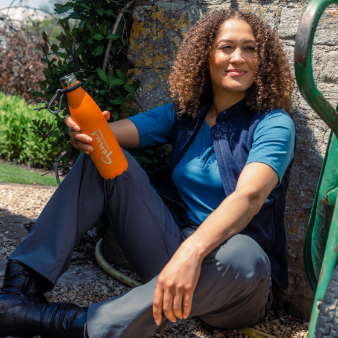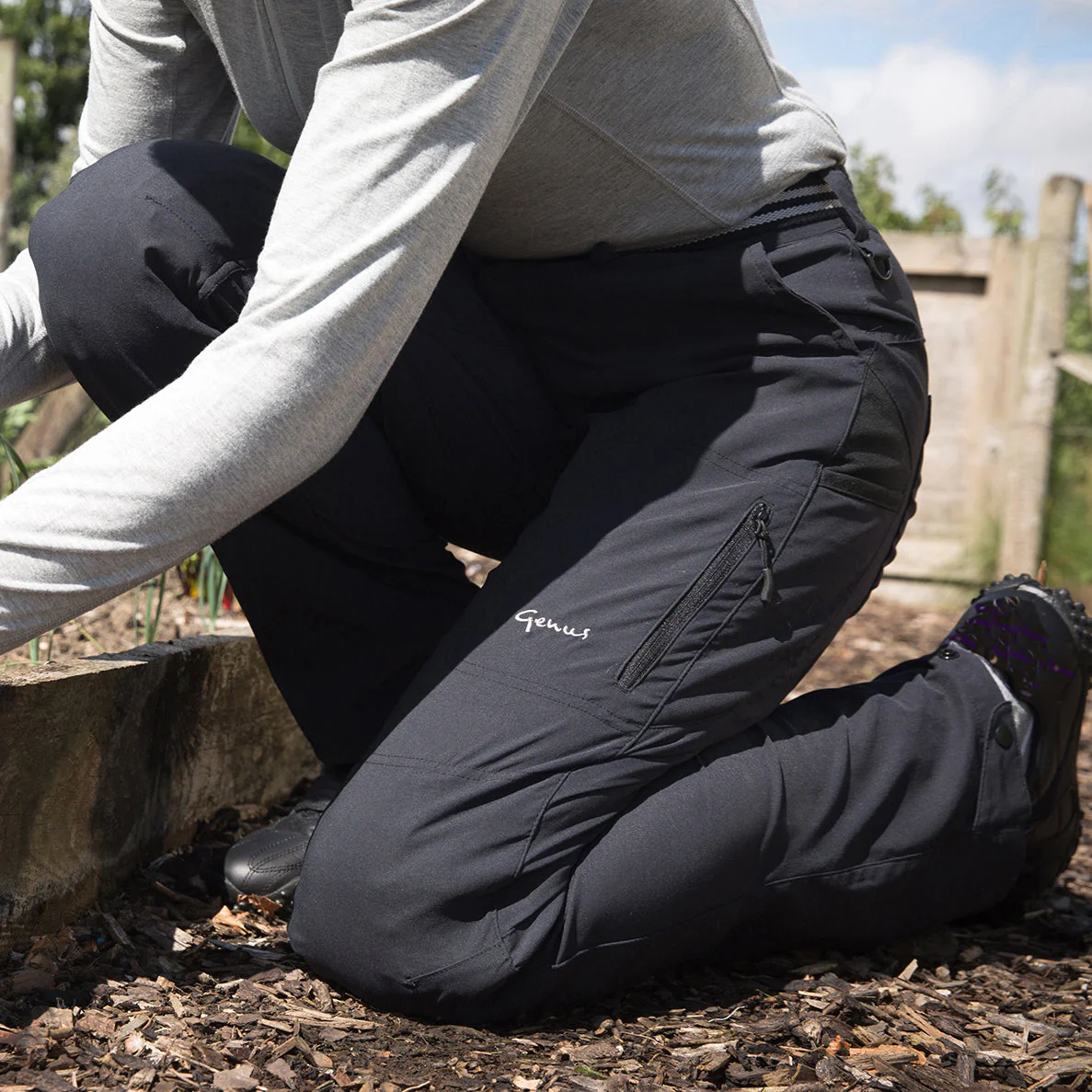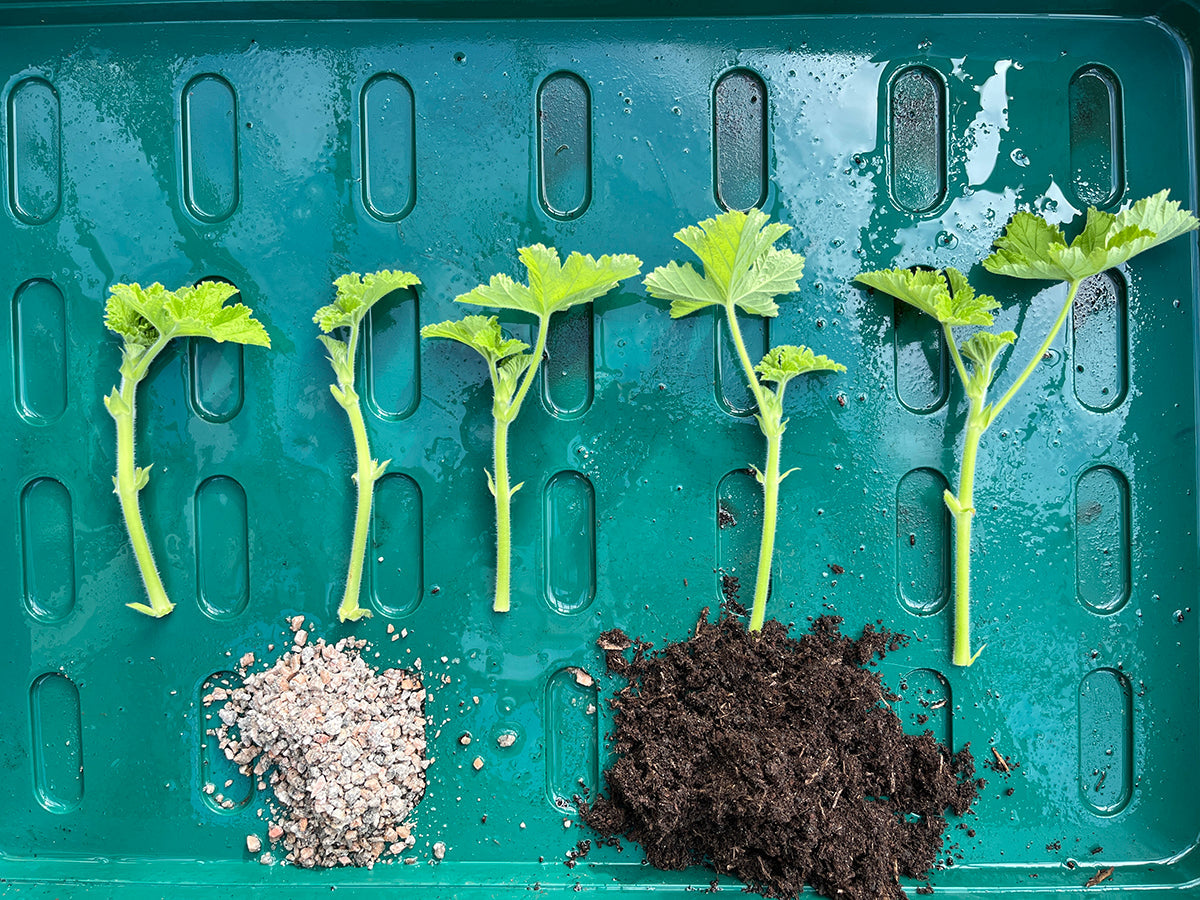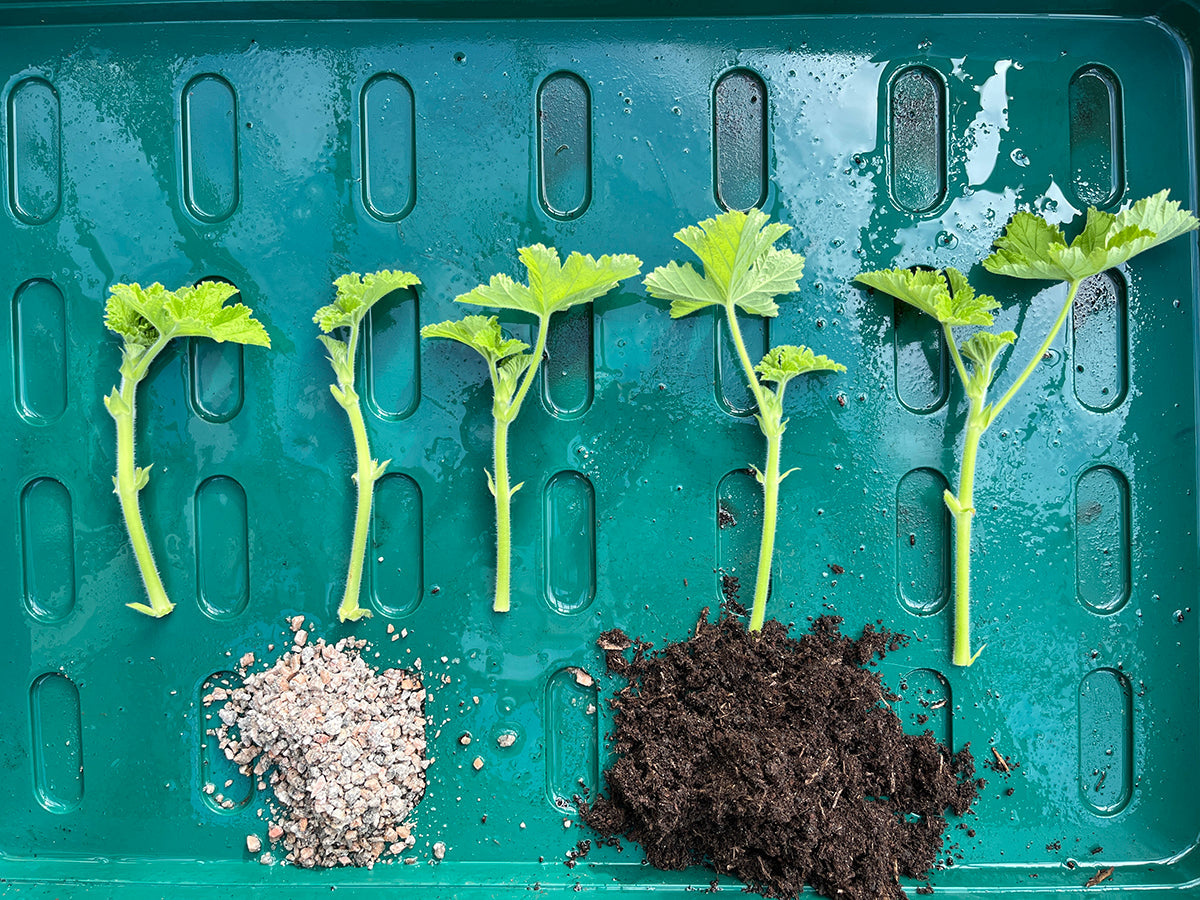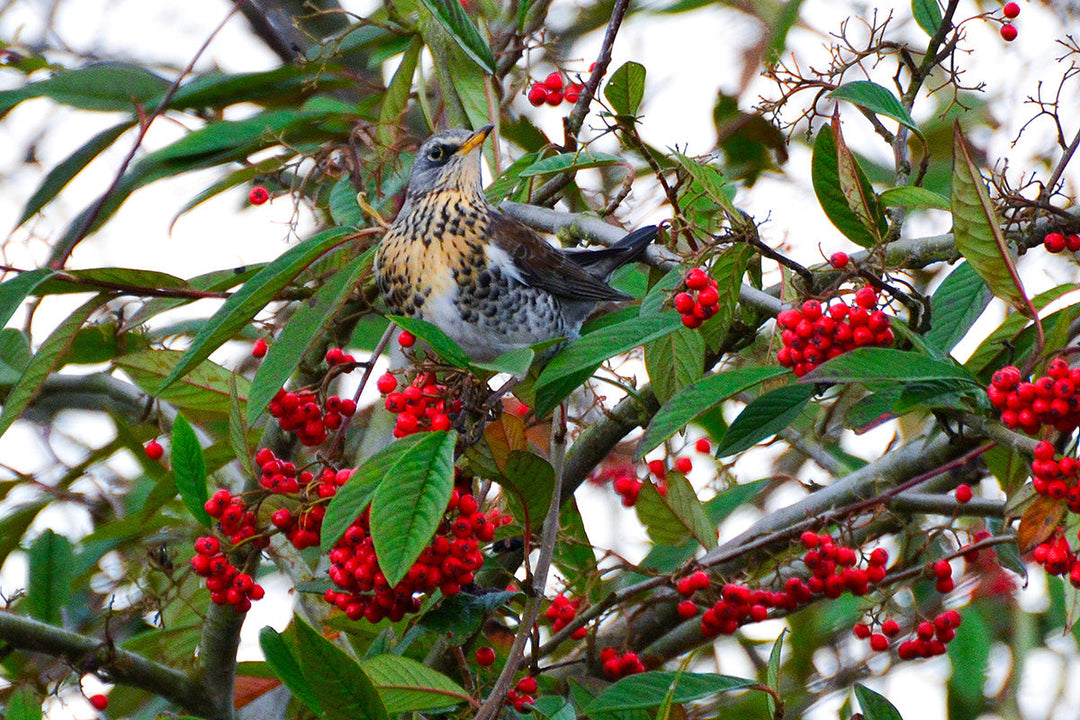Technology in the garden - heated propagators

As the season warms up and our thoughts turn to sowing seeds, a heated propagator is a great asset as they create a consistently warm temperature to help nurture seeds and cuttings. Warmth at the roots is better than heating the top as that way you get good chunky root formation and more productive plants. Non- electric propagators are fine but you’ll probably find the growth slower and less consistent.
More tender plants like chillies and tomatoes need a long growing season, so early in the season when it’s still cold, it’s useful to be able to germinate them indoors so they have time to produce fruit and time for it to ripen. Even hardier plants such as cabbage and beans benefit from being germinated at a constant temperature and protected from frosts, and the heated base and humidity can also help cuttings to take root.
Decide where you’re going to put the propagator so that you buy one with the right dimensions – somewhere light and airy – but not too draughty - like a windowsill out of direct sunlight is ideal, but you’ll need a power source nearby. And what you’re using it for - if growing on tender plants will need a bigger propagator than if you’re germinating seedlings, although you can get adjustable lids with some designs. Some have several different cells, others are designed to put individual pots on a tray. Other features to look out for include capillary matting which is useful for regulating how much water the plants need and a thermostat or temperature control.
Watch out for your plants to germinate and if you notice a lot of condensation on the inside of the lid, open the ventilating holes gradually to regulate the temperature and reduce condensation; but don’t be tempted to open the lid too often. Only water when the compost is dry, use a small seedling watering can so that you don’t damage the seedlings with large drops of water.

